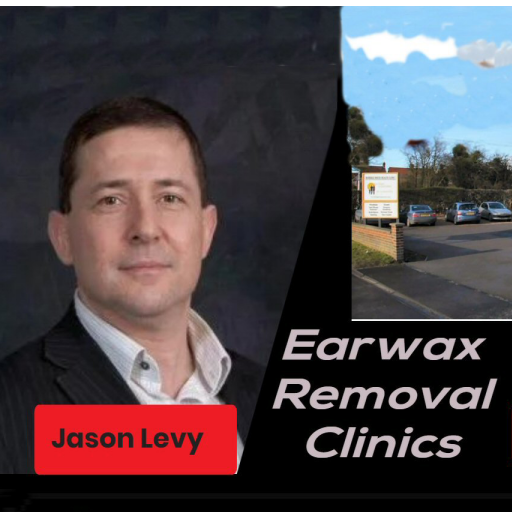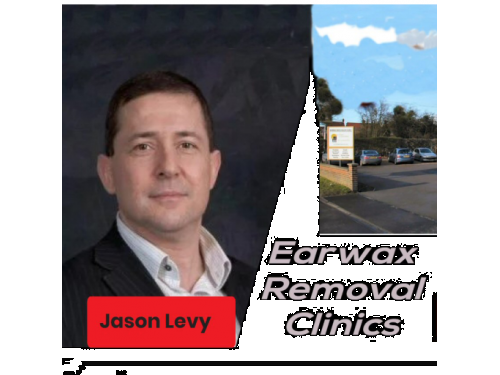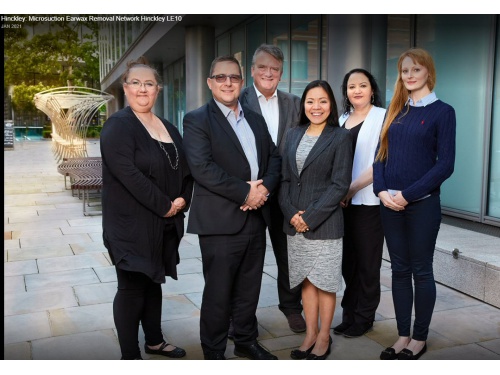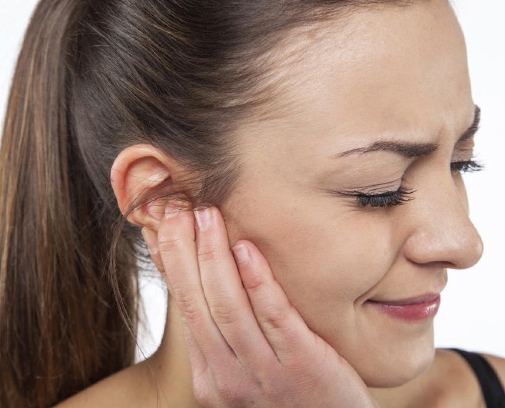Ear wax removal consultation in London
by Jason Levy
Posted on 2021-08-11 19:34:32

On this page
- Free consultations for ear wax removal in London.
- Debrox ear wax removal kit, ear wax removal drops & ear syringe.
- Ear micro vacuum
- How often should I remove ear wax
- Book your ear wax removal appointment online today.
- How to remove earwax at home.
- What if removing earwax doesn't improve my hearing?.
- Wax affects your hearing.
- A microsuction treatment: what to expect and what to do
- A microsuction treatment: what to expect and what to do
- Wax removal and microsuction, Audi Lab, Dublin
- Microscopy of the ear under general anaesthesia
Ear wax removal consultation in London
The Earwax Removal network In North East London. we have our ear wax removal clinic in Enfield, London in1 - this clinic also covers the surrounding areas such as. Winchmore Hill, North London, Palmers Green, Bounds Green, Wood Green, Alexandra Palace, Turnpike Lane, Bush Hill Park, Southbury, Freezy Water, Chase Side, Gordon Hill, Botany Bay, Worlds End, Oakwood, Winchmore Hill, Barnet, Ponders End, Southgate, Waltham Cross, Waltham Abbey, Cockfosters, Arnos Grove, Potters Bar, Cuffley, Cheshunt, Chingford, Loughton, Buckhurst Hill, Woodford, Chigwell, Walthamstow, Wood Green, Harringay, Goff's Oak and Northaw.
Looking for an ear wax removal clinic in Harley Street? At London hearing, micro-suction is considered the gold standard for treating ear blockages and earwax build-up. This very simple and painless procedure is considered the safest and most comfortable method of removing earwax from the ear canal. A trained practitioner uses a suction technique to remove earwax. Unlike ear irrigation, no water is needed, which means minimal mess, and the procedure takes only a few minutes. Using a video otoscope, before and after pictures are shown at the appointment to reassure patients that the ear is free of wax.
If you have blocked ears or are concerned about your hearing in general, you have come to the right place! Take a look around at your leisure, learn more about Microsuction and read our patients' 5-star reviews.
Ear wax removal
Your doctor can remove excess earwax with a small curved instrument called a curette or by suction while examining the ear.
Your Earwax removal specialist can also remove the wax by Microsuction.
If earwax keeps accumulating, your audiologist may recommend that you use an earwax removal medication, such as carbamide peroxide (Debrox earwax removal kit, Murine earwax removal system).
As these drops can irritate the sensitive skin of the eardrum and ear canal, you should only use them as instructed.
Ear micro suction
The size and shape of the ear canal, as well as the amount and type of earwax, are unfortunately genetically determined. To reduce the build-up of earwax, we recommend putting a squirt of earol (a sterile, sealed olive oil spray) in each ear once or twice a week. If you have a blocked ear, we recommend applying two squirts of earol two to three times a day for three to four days and then visiting one of our clinics for earwax removal by microaspiration. You can book an appointment at our microscopic earwax removal clinic in Radlett here. Please do not apply cotton wool after applying the ear ointment as it will only absorb the olive oil and not do its job.
Ear wax removal with micro-suction in London in5 (Barnet) Ear wax removal with micro-suction in London in1 (Enfield) If you are looking for cheap private ear wax removal in London in1, you can find our ear wax removal with a micro-suction clinic
The Ear Wax Removal Micro Suction Network is an audiologist-led organisation founded by Jason Levy. Jason has over 16 years of experience in the hearing aid industry and has worked in both the NHS and private sectors. The Microsuction Earwax Removal Network team was chosen for its passion for helping people and its proven experience in healthcare, as well as its high level of training and skills in earwax removal. Our aim is to provide the highest level of hearing care using best practices and our core philosophy is to "Make the world a better place.
We believe in the motto "hear better, live better".
How often should I remove earwax?
How often should I remove earwax?
The ear canal produces earwax from the lining of the ear canal. The ears produce wax to lubricate and protect the ear canal. The ear canal is the tube that connects the middle ear to the outside of the ear. The wax protects the ear from bacteria, infection and damage from water or trauma. Wax that forms in the ear canal naturally moves to the outside of the ear and falls out. In some cases, the ear may produce too much wax. If the wax is causing problems or preventing the doctor from seeing inside the ear, the excess wax can be removed.
Clean your ears. This step is obvious but often neglected. Many people also do not know how to keep their ears properly clean.
Book your ear wax removal appointment online today
Wax blockages are often caused by excessive wax production or inadequate cleaning. Surprisingly, the most common cause of blockage is improper removal of earwax at home. Often the earwax is not cleaned but pushed deeper into the ear. The use of headphones and earplugs can also lead to earwax, as headphones can prevent the natural drainage of earwax from the ear canal.
What if removing earwax does not improve my hearing?
The most common symptoms of earwax include.
Common symptoms of earwax blockage include dizziness, ringing in the ears, itching, discharge or earache. You may also experience a feeling of fullness in the ear or feel like you have plugs in your ear. Earwax is also a major cause of hearing loss. One study found that 35% of hospital patients over the age of 65 had earwax, and 75% of these people improved their hearing after it was removed.
Audiologist Jason Levy leads his team of specially trained audiologists and nurses at ten centres in central London, Greater London and the Home Counties. Read on to find out where to find our microsuction service in London. To help you contact the clinics to make an appointment, contact details are provided on the map below. Jason's team are experts in removing blocked ears. To remove blocked ears, especially to remove earwax, they use the latest technology that is fast, efficient and painless. In some cases, his patients have reported that their hearing has returned to normal; in all cases, their hearing has greatly improved.
Jason's team are experts in removing blocked ears. To remove blocked ears, especially to remove earwax, they use the latest technology that is fast, efficient and painless. In some cases, their patients have reported that their hearing has returned to normal, in all cases their hearing has greatly improved.
The wax is affecting their hearing
Once you arrive at The Earwax removal Network the audiologist will perform a manual wax removal. During manual wax removal, our specialists use miniature instruments and a microscope to magnify the ear canal while the wax is removed. Manual removal is preferred if your ear canal is narrow, the eardrum has a perforation or tube, other methods have failed or if you have skin problems affecting the ear canal, diabetes or a weakened immune system.
To avoid this little waxing disaster, avoid using swabs at all costs. We know they feel good and you think you're doing a good thing, but stop! Q-tips can push the wax even further into your ear, which can cause earwax to build upon your eardrum, affecting your hearing. Yeah, pretty gross and extremely satisfying at the same time, right? As fun as it was to watch, we wouldn't want to be in this customer's shoes. Foreign objects in our ears make the hair on the back of our necks stand on end.
Even though you may think earwax is unpleasant and annoying, the truth is that earwax helps to moisten our ear canals, preventing harmful bacteria and fungi from settling in our ear canals. Many people clean their ears at home with cotton buds or hairpins. However, if you have so much earwax built up in your ear canal that it is negatively affecting your hearing, it is time to schedule an appointment with our hearing care experts for earwax removal in Anchorage, Alaska.
Submitting to microsuction treatment: what to expect and what to do
Clogged ears can be extremely uncomfortable and are hard to treat safely by yourself. At just ears, we offer a quick, convenient and affordable treatment called microsuction that can safely remove earwax and debris from your ear. What to expect during your visit First, we will discuss your problem with you and then explain the procedure. We will then carefully examine your ear canal with a special microscope. While we look at the ear canal with the microscope, we remove the blockage with a small vacuum.
What can I expect from earwax removal treatment? Endoscopic earwax removal involves removing the earwax from the ear using an endoscope. The endoscope is used to directly visualise the earwax while it is removed by gentle suction using a low-pressure suction machine and a fine sterile probe. Microsuction is well tolerated by most people and the results are very effective.
 On this page
Free consultations for ear wax removal in London.
Debrox ear wax removal kit, e
On this page
Free consultations for ear wax removal in London.
Debrox ear wax removal kit, e
 On This Page
Get an appointment for ear wax removal today!
Book an appointment for microaspi
On This Page
Get an appointment for ear wax removal today!
Book an appointment for microaspi
 On This Page
What is the Microsuction Earwax Procedure?
Benefits of Microsuction Ear Wax Rem
On This Page
What is the Microsuction Earwax Procedure?
Benefits of Microsuction Ear Wax Rem
Recent Posts
 On this page
Free consultations for ear wax
On this page
Free consultations for ear wax  On This Page
Get an appointment for ear wax
On This Page
Get an appointment for ear wax  On This Page
What is the Microsuction Earwa
On This Page
What is the Microsuction Earwa 